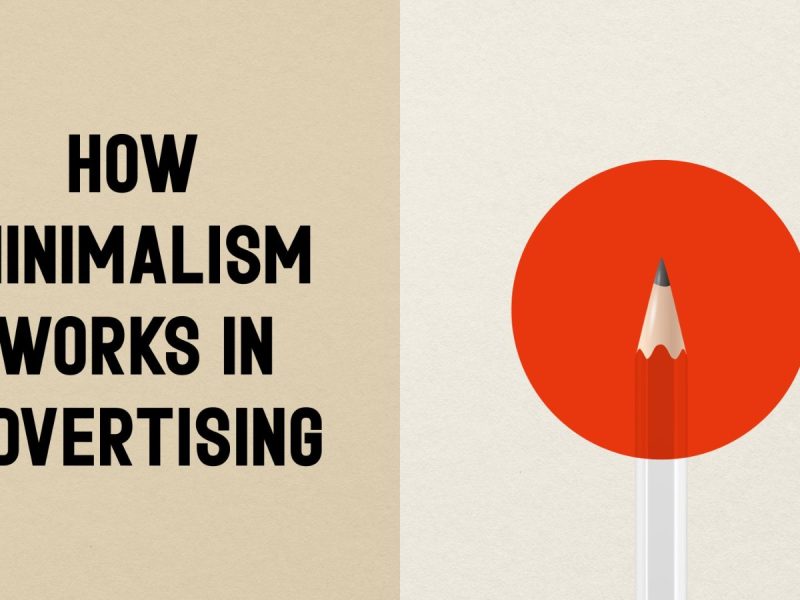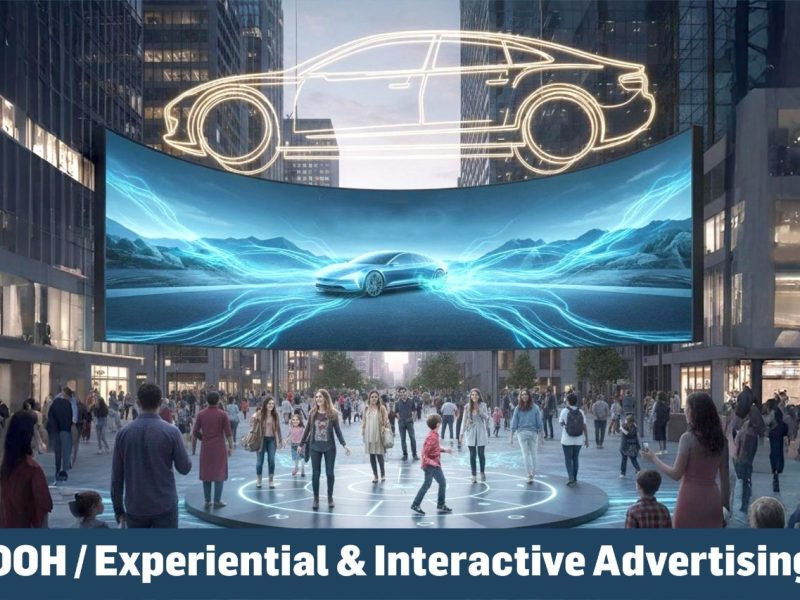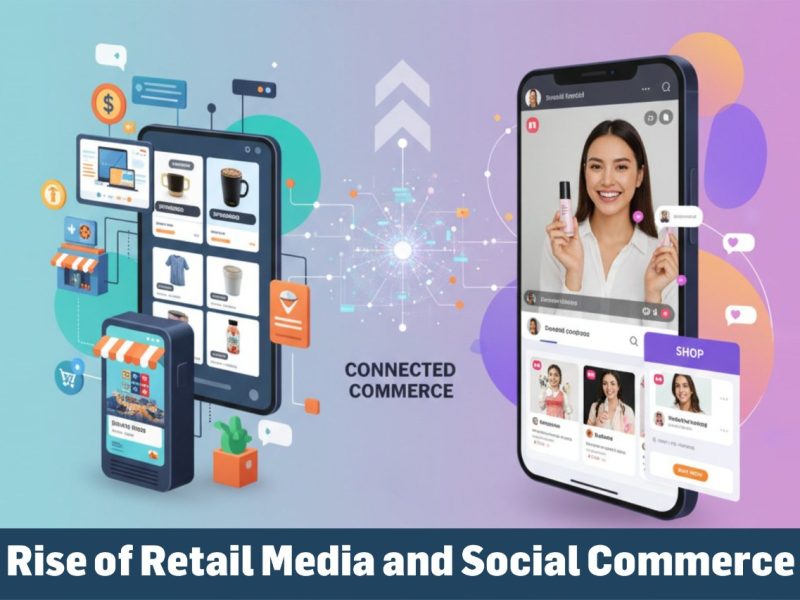
The Brief Is the Blueprint: How to Get Your Agency the Results You Want
In the fast-evolving world of branding and communication, one truth remains constant — a great brief builds a great campaign. Whether you’re partnering with a creative agency for a social media campaign, a brand film, or a 360° marketing push, the outcomes you receive are only as good as the clarity and depth of your brief.
But in India’s buzzing marketing landscape — where every product is striving to be more relatable, more viral, and more visible — most briefs are still undercooked. They’re either too vague (“Make it cool”) or too stuffed (“Add 15 USPs in one frame”). The result? Confused creatives, lost timelines, and campaigns that don’t move the needle.
Let’s decode the art of writing a smart brief — the blueprint that helps a creative agency in India deliver campaigns that click, connect, and convert.
Start with Clarity, Not Jargon
An effective communication brief doesn’t need to sound like a legal document. What it needs is clarity of intent. Think of your brief as a roadmap — not for you, but for the agency. It must answer a few key questions:
- What do we want to achieve?
- Who are we talking to?
- Why should they care?
- What’s the emotion we want to evoke?
- What should the audience do after seeing this?
Within a creative agency in India, where campaigns today compete with reels, memes, and cultural chaos, every brief must go beyond product USPs. It must highlight the human problem, the emotional gap, and the societal truth that the campaign is meant to tap into.
As noted in this blog from Scale Marketing, a strong creative brief should act as a launchpad — giving direction, not dictation.
Don’t Merely Share Data. Share Stories.
The latest creative agency trends 2025 show a clear shift: brands are asking for emotion-first, story-led work that truly resonates. If you’re a client, don’t merely bring numbers to the table—bring context. Bring moments from the ground, insights from users, and stories from your own experience.
This shift is especially visible in India’s Tier-2 and Tier-3 markets, where hyper-localised storytelling is outshining metropolitan polish. A brief that says “our product is affordable” is flat. One that says “this saves a middle-class father ₹500 every month” paints a vivid picture.
Involve, Don’t Dictate
One common pitfall is treating a brief like a command list. The agency becomes a vendor, not a partner. But the best work happens when there’s a shared mission. Bring your creative ad agency into the process early. Share your challenges openly. Tell them what didn’t work in the past. Respect their understanding of culture and communication.
Creative people thrive on direction, not dictatorship. Set the problem; let them explore the solution.
Be Open to “What If?”
India’s branding strategies are evolving rapidly, fuelled by a bold start-up culture, Gen Z’s demand for authenticity, and the rise of AI-powered creativity. As per Kantar’s 2024 Marketing Trends, brands that leave room for innovation, flexibility, and collaborative thinking are the ones breaking through the noise.
This ongoing shift has sparked a creative renaissance—where rulebooks are rewritten and originality is paramount. In such a dynamic environment, the best briefs act as flexible frameworks, not rigid instructions.
Leave room for your agency to surprise you—to flip the narrative, introduce unexpected formats, or even challenge the original assumptions.
A great brief says, “Here’s the challenge. Here’s the truth. Now tell me something I don’t know.”
Real-World Inspiration
To see how a sharply defined brief can evolve into a campaign that truly resonates with millions, watch this YouTube breakdown of Cadbury’s “Not Just A Cadbury Ad” campaign.
It’s a shining example of what can happen when a brand and its agency share mutual trust and a strong strategic foundation. It didn’t begin with “let’s go viral”. It began with a cultural truth — and a brief rooted in emotional intelligence and clarity.
The campaign was widely acclaimed as a category-defining moment in Indian advertising. You can read more about it in this case study featured on Campaigns of the World.
The Bottom Line
In 2025, with AI-generated content on the rise, shrinking attention spans, and cultural trends shifting every month, the role of the communication brief is more important than ever. If you want standout work from your advertising agency in India, treat your brief not as a mere handover but as a handshake—one that signals trust, insight, and a shared dream.
Because in the end, great work is rarely the result of inspiration alone. It’s the outcome of direction, detail, and deep understanding—crafted from the very first line of the brief.




